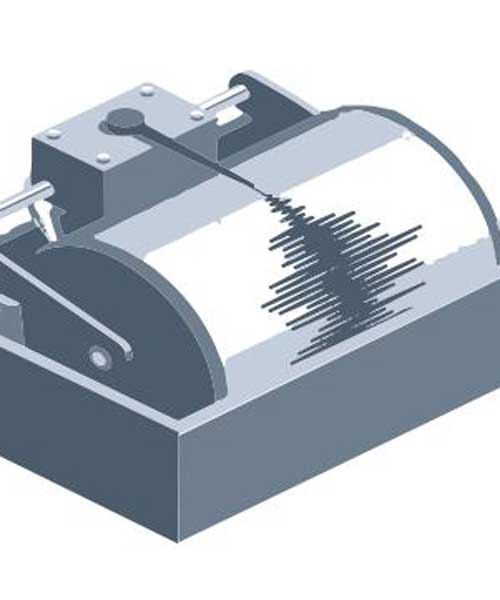Sunarno said the earthquake detection tool developed by the UGM Earthquake EWS team is a triangulation technology that can predict the epicenter or epicenter of an earthquake more precisely.
This was proven during the research and development process carried out by the team, the EWS Earthquake tool made by UGM always succeeded in providing predictions of earthquake events.
“Always suitable, my student thesis has been used. In fact, through the internet, we can help provide warnings three days before the earthquake between Aceh and NTT,” said Sunarno as quoted from the UGM website.
The EWS developed by Sunarno and his team is a component consisting of a detector designed to detect changes in groundwater and radon gas levels, in addition there are components called signal conditioners, controllers, and power sources, as well as components that are no less important, namely storage data. The UGM Earthquake EWS tool also utilizes Internet of Things or IoT technology.
The tool detects natural anomalies before an earthquake, which is usually characterized by changes in the concentration of radon gas and groundwater levels. If exposure to natural radon gas from the ground increases and the water level rises and falls significantly, this indicates that a tectonic earthquake is occurring.
“If there is an earthquake on the plate, there will be a phenomenon of exposure to natural radon gas from the ground will increase significantly. Similarly, the groundwater surface rises and falls significantly, right, “said Sunarno.
Sunarno claimed that the earthquake detector made by UGM was able to detect three to seven days before the earthquake occurred. For locations between Aceh and NTT, Sunarno said the tool was able to predict earthquakes three days before the incident, while for special areas such as DI Yogyakarta, where the tool was installed, UGM Earthquake EWS could predict earthquake events seven days earlier.
“Our initial algorithm only detected early 3-7 days before the earthquake, specifically for DIY. Considering that our monitoring station is only in DIY,” he said. Despite having a good reputation during research and trials, the UGM Earthquake Early Warning System Research Team continues to develop this tool. Indonesian Media Doc
(WWD)
– .

